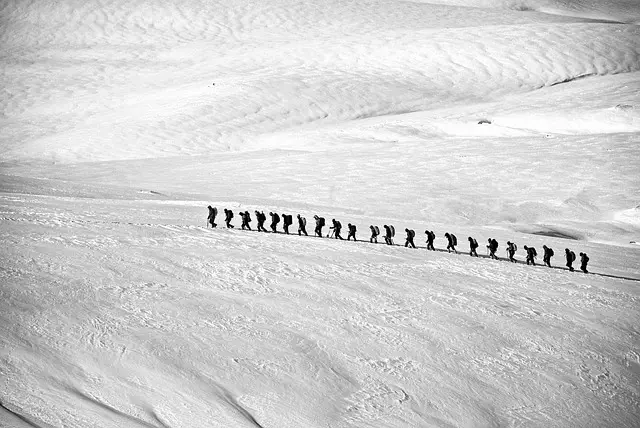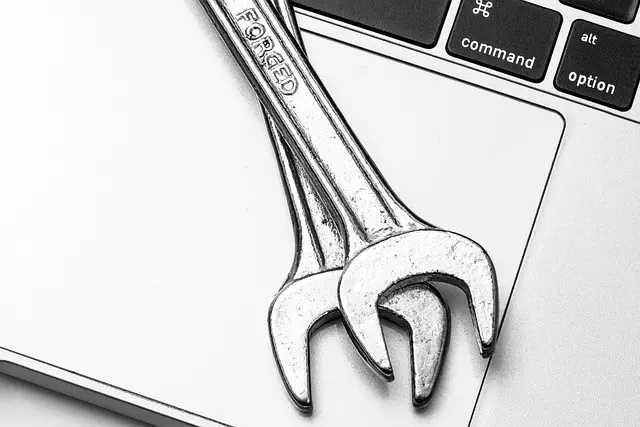For sewer line repair in Toledo, understanding local regulations and obtaining proper permits is crucial for safety. The process involves assessing repair scope (relining, replacement) and consulting professionals to determine suitable methods and permits. Essential tools include hydrojetter, hand tools, fiber optic cameras, and locators for non-invasive access, precise navigation, and effective methods like relining, patching, or replacement. Best practices involve assessment, local adherence, and high-quality materials for lasting repairs. Key terms: Sewer Line Repair Toledo, Sewer Line Repair Tools, Sewer Line Repair Methods.
“Navigating the complex world of sewer line repairs in Toledo? This comprehensive guide is your go-to resource. Understanding Sewer Line Repair Permits offers a detailed look at the essential steps for residents looking to ensure their projects comply with local regulations. From acquiring the right permits to exploring effective tools and familiarizing yourself with various repair methods, this article equips you with the knowledge needed for efficient and safe sewer line repairs. Discover best practices and techniques, including modern Sewer Line Repair Tools, to keep your Toledo home running smoothly.”
- Understanding Sewer Line Repair Permits: A Comprehensive Guide for Toledo Residents
- Essential Tools and Equipment for Efficient Sewer Line Repairs
- Exploring Common Sewer Line Repair Methods: Techniques and Best Practices
Understanding Sewer Line Repair Permits: A Comprehensive Guide for Toledo Residents
For Toledo residents undertaking sewer line repair, understanding permits is crucial. These permits are essential for ensuring any repairs or replacements comply with local regulations and public safety standards. Before diving into the process, it’s important to familiarize yourself with the necessary permits, as they can vary based on the scope of your project.
Obtaining the right Sewer Line Repair Permits in Toledo involves a careful navigation process. The first step is to assess the type and extent of the repair needed. Common sewer line repair methods include relining, rehabilitation, or complete replacement, each potentially requiring distinct permits. It’s recommended to consult with licensed professionals or your local building department to determine specific tools and techniques suitable for the job, as well as the associated permit requirements.
Essential Tools and Equipment for Efficient Sewer Line Repairs
When it comes to efficient sewer line repairs in Toledo, the right tools and equipment can make all the difference. A professional technician’s toolkit should include a variety of specialized items tailored for this specific task. One essential tool is the hydrojetter, a high-pressure water jetting machine that effectively clears blockages and cuts through stubborn buildup, allowing for easy access to the damaged sewer line. This method, known as hydraulic jetting, is a preferred approach for Toledo’s sewer line repair professionals due to its non-invasive nature and ability to minimize disruptions to underground infrastructure.
Additionally, hand tools like pipe wrenches, augers, and snips are indispensable for tasks such as tightening connections, removing old pipe sections, and cutting new ones to size. Advanced equipment, including fiber optic cameras and locators, aids in visual inspection and precise navigation within the sewer system. These tools enable technicians to identify problem areas, choose the most suitable repair method (e.g., relining, patching, or complete replacement), and complete the job efficiently while ensuring long-lasting results for Toledo residents.
Exploring Common Sewer Line Repair Methods: Techniques and Best Practices
When it comes to exploring common sewer line repair methods in Toledo, understanding various techniques and best practices is crucial. Traditional methods involve digging trenches to access and replace damaged sections of pipe. Modern advancements have introduced less invasive options, such as relining, where a new inner layer is added to the existing pipe without extensive excavation. This not only minimizes disruption but also speeds up repair times.
Sewer line repair tools play a significant role in these processes. For trench excavation, heavy machinery like backhoes are commonly used. Relining, however, relies on specialized equipment for measuring, creating molds, and installing the new liners. Adhering to best practices ensures not just effective repairs but also longevity of the fixed sewer lines. This includes proper assessment, adherence to local regulations, and use of high-quality materials to prevent future damage.


